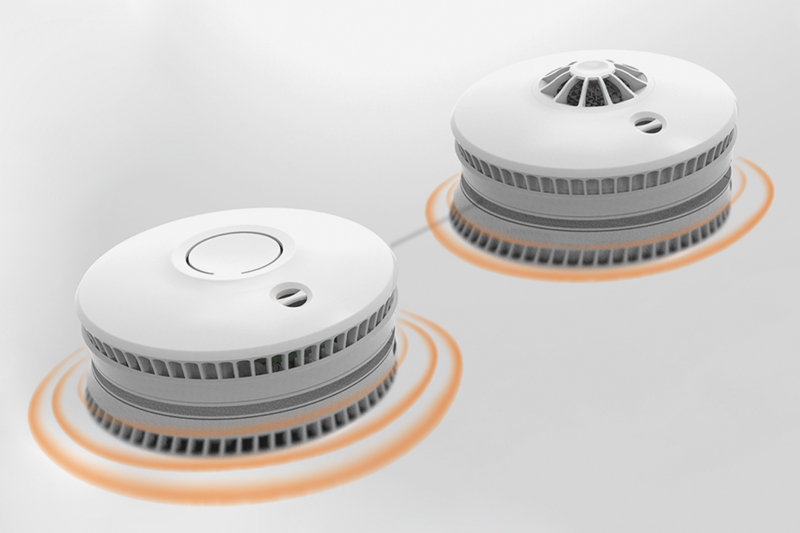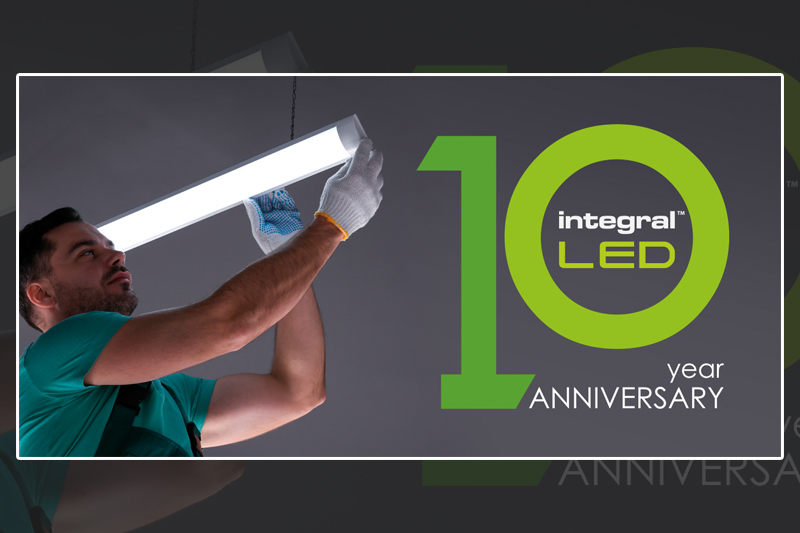Here James King, Connected Homes Director at FireAngel, explores how electrical wholesalers can support contractors and social housing providers in obtaining digital data that offers full transparency, through the supply and installation of IoT and AI technologies.
The release of the Draft Building Safety Bill aims to encourage and assist the industry in achieving a new generation of competence, with the acquisition and ongoing assessment of building information playing an integral role in achieving these goals.
As the government’s legislative response to Dame Judith Hackitt’s review of the building industry and its practices following the Grenfell Tower fire, the Draft Building Safety Bill represents and proposes a significant change in approach, which places tenant safety and building suitability at the centre of all design, construction and maintenance processes.
In line with the learnings of the Hackitt Report, the draft Bill demonstrates the importance of building information that is transparent and accessible by all relevant individuals throughout the entire lifecycle of the building, whether that may be from the perspective of the provider, or their residents.
As the very principles of the Draft Building Safety Bill are founded upon the ability to obtain accurate intelligence, which can be constantly evaluated to drive a successful cultural step change in approach, electrical wholesalers are presented with the opportunity to supply and promote a new range of connected solutions that directly fulfil these requirements.

Proactive approach
Having to adopt a completely alternative approach to their fire safety practices, one that places the ability to capture key information regarding the building at its very core, may initially present itself to many housing providers as a significant project. However, this is where electrical wholesalers are in the prime position to support both providers and electrical contractors in achieving compliance by cost-effectively future proofing their complete housing stock, whilst simultaneously streamlining their approach to asset and audit management.
By recommending systems that comply to a Category LD1 Specification and facilitate the wireless transmission of building information, wholesalers can support providers in achieving long term reductions in overheads, as the digital data supports the stratification of risk, identifying any changes in building or tenant behaviour, as and when they occur. As a result, this enables recourses and costs to be applied in the most proficient way.
It also ensures each property/tenant receives the highest possible level of protection available, further supporting long term cost savings, as providers are successfully mitigating against any potential changes in legislation, because their properties are already compliant to the highest possible standard.
Connected technologies, such as devices that are Smart RF compatible, are one of the most cost-efficient and effective methods wholesalers can currently provide social housing providers looking to upgrade their fire safety provisions, in line with the recommendations promoted throughout the Hackitt Report and Draft Building Safety Bill.
Importance of information
Connected systems that utilise Smart RF technology can facilitate the wireless interlinking of up to 50 mains-powered and battery powered smoke, heat and carbon monoxide (CO) alarms onto a secure private network, simply by adding a Smart RF Radio Module into each alarm.
This is particularly useful for projects where hardwiring isn’t feasible, as the network can be quickly extended wirelessly, whilst also offering the opportunity for additional safety products to be added to the system at a later date. The flexible nature of the technology also enables wholesalers to provide a tailored approach that can meet each client’s unique requirements, offering further cost saving benefits.
The wireless interlinking of these alarms not only achieves the highest level of protection available by adhering to a Category LD1 Specification, it also supports remote real time monitoring by communicating vital information from each device in every property.
This can be achieved through the activation of a connected, cloud-based gateway, which wirelessly sends data from every alarm to designated mobile or smart devices, instantly notifying relevant individuals if an alarm has sounded, sending real time updates regarding its status.
The transmission of this data is continuously updated to deliver vital information regarding each alarm, including diagnostics, device history, replacement dates and network health. This provides all relevant individuals with a comprehensive overview of the potential fire risk each property currently presents, allowing any changes in risk to be immediately analysed and acted upon.
Social opportunity
As the Bill looks to achieve a new standard for building safety throughout the social housing sector, wholesalers should welcome the opportunities this presents by supporting providers in taking a proactive approach to the level of protection they provide tenants, through the supply of connected technologies. The latest connected technology can facilitate the continuous communication of essential building data, in addition to successfully future proofing an entire housing portfolio for years to come.
For more information on FireAngel’s range of connected fire safety solutions, including a short, informative video, visit: https://www.fireangel.co.uk/





